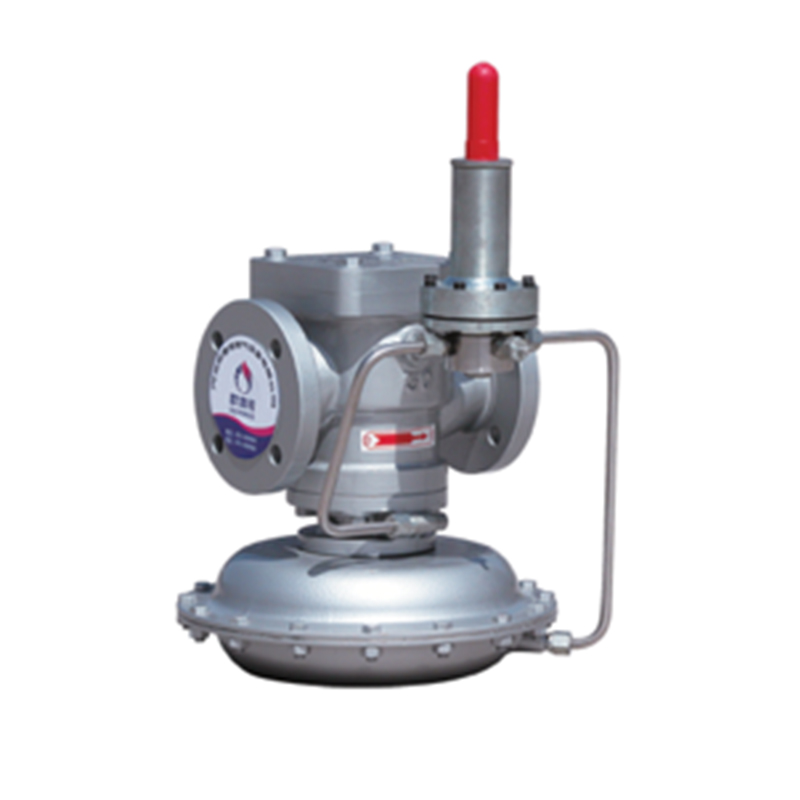
Nov . 05, 2024 18:51
Back to list
غاز البترول المسال
The Role of Liquefied Petroleum Gas in Modern Energy Consumption
Liquefied Petroleum Gas (LPG) has become an increasingly vital energy source in many parts of the world, providing a clean and efficient alternative to traditional fuels. Comprising primarily propane and butane, LPG is derived from natural gas processing and crude oil refining. Its versatility and numerous applications make it an essential component of the global energy landscape.
Historical Context and Development
LPG was first discovered in the early 20th century and began to be commercially produced during the 1920s. Initially used primarily for lighting, it rapidly evolved into an essential cooking and heating fuel. The development of infrastructure such as pipelines, storage facilities, and distribution networks greatly contributed to its widespread adoption. Over the decades, LPG use has expanded to include not only residential applications but also industrial uses, agricultural applications, and as an automotive fuel.
Advantages of LPG
One of the most significant advantages of LPG is its environmental impact. Compared to other fossil fuels, LPG burns more cleanly, emitting lower levels of carbon dioxide (CO2) and other harmful pollutants. This characteristic makes it a more appealing option for countries aiming to reduce greenhouse gas emissions and combat climate change. The transition to LPG can contribute to improved air quality, particularly in urban areas where air pollution from traditional fuels is a pressing concern.
.
Diverse Applications
غاز البترول المسال

LPG's versatility is seen in its various applications across different sectors. In residential settings, it is commonly used for cooking, heating, and water heating. Many households prefer LPG for cooking as it provides instant heat and allows for precise temperature control.
In the commercial sector, LPG is widely used in restaurants, hotels, and commercial kitchens due to its efficiency and cleanliness. Additionally, it serves as an essential fuel in agricultural activities, powering irrigation systems, crop drying, and even as a fuel for farm vehicles.
The industrial sector also benefits significantly from LPG. It is utilized in manufacturing processes, such as glass and ceramics production, as well as in chemical synthesis. Additionally, LPG can serve as a substitute for diesel in heavy-duty transportation, promoting a reduction in emissions and enhancing energy efficiency.
Challenges and Considerations
Despite its many advantages, there are challenges associated with LPG use. Safety concerns, primarily during storage and handling, necessitate stringent regulations and safety measures. Leaks and improper handling can lead to accidents, including explosions. Therefore, education and training for users are critical in mitigating these risks.
Moreover, while LPG is a cleaner alternative to traditional fuels, it remains a fossil fuel. The global push toward renewable energy sources poses a challenge to the future of LPG. Innovations in renewable energy technologies, such as solar and wind, may eventually overshadow LPG as more countries strive for sustainability.
Conclusion
In conclusion, Liquefied Petroleum Gas plays an essential role in today’s energy framework, serving as a versatile and efficient fuel for residential, commercial, agricultural, and industrial applications. Its environmental advantages make it a more attractive option compared to many traditional fossil fuels, yet it is not without challenges. As the world transitions towards cleaner and more sustainable energy sources, LPG is likely to remain an important player in the energy market for the foreseeable future. Balancing its use with the need for safety and the eventual shift to renewables will be critical to ensuring its sustainable contribution to global energy consumption.
Next:
Latest news
-
Safety Valve Spring-Loaded Design Overpressure ProtectionNewsJul.25,2025
-
Precision Voltage Regulator AC5 Accuracy Grade PerformanceNewsJul.25,2025
-
Natural Gas Pressure Regulating Skid Industrial Pipeline ApplicationsNewsJul.25,2025
-
Natural Gas Filter Stainless Steel Mesh Element DesignNewsJul.25,2025
-
Gas Pressure Regulator Valve Direct-Acting Spring-Loaded DesignNewsJul.25,2025
-
Decompression Equipment Multi-Stage Heat Exchange System DesignNewsJul.25,2025

